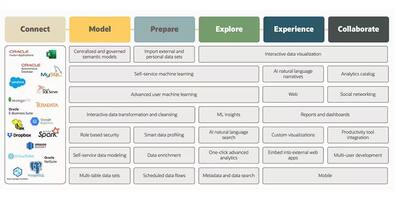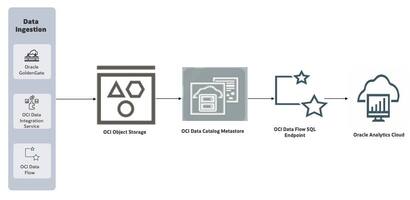
In an age when digital technologies are driving seismic disruption, most companies are keenly aware of the need to transform their operating models to keep pace. Businesses are looking to embrace a culture of continuous change in order to keep up with customer demands and unforeseen competition.
In my last post, I discussed the technology foundation required to enable this transformation. However, most of us recognize that technology is simply an enabler. The real change comes from people-and people can be much harder to manage.
Talk to anyone who has been involved in a large-scale digital transformation, and they always say that the hardest part was not the technology; it was the change management. In my discussions with finance leaders, colleagues and peers, there are some key steps that are mentioned again and again.
Adopting a model of continuous change is a choice that remains in the hands of business leaders. The first step is developing a clear understanding of your customers and their changing behaviors. Set audacious goals focused on delighting your customers.
Next is a clear-eyed assessment of your organization's current technology-particularly its capacity for future growth and agility. Map the options and routes to transformation based on both your current and future direction.
And finally, ensure you have the leadership drive to execute and overcome barriers.




